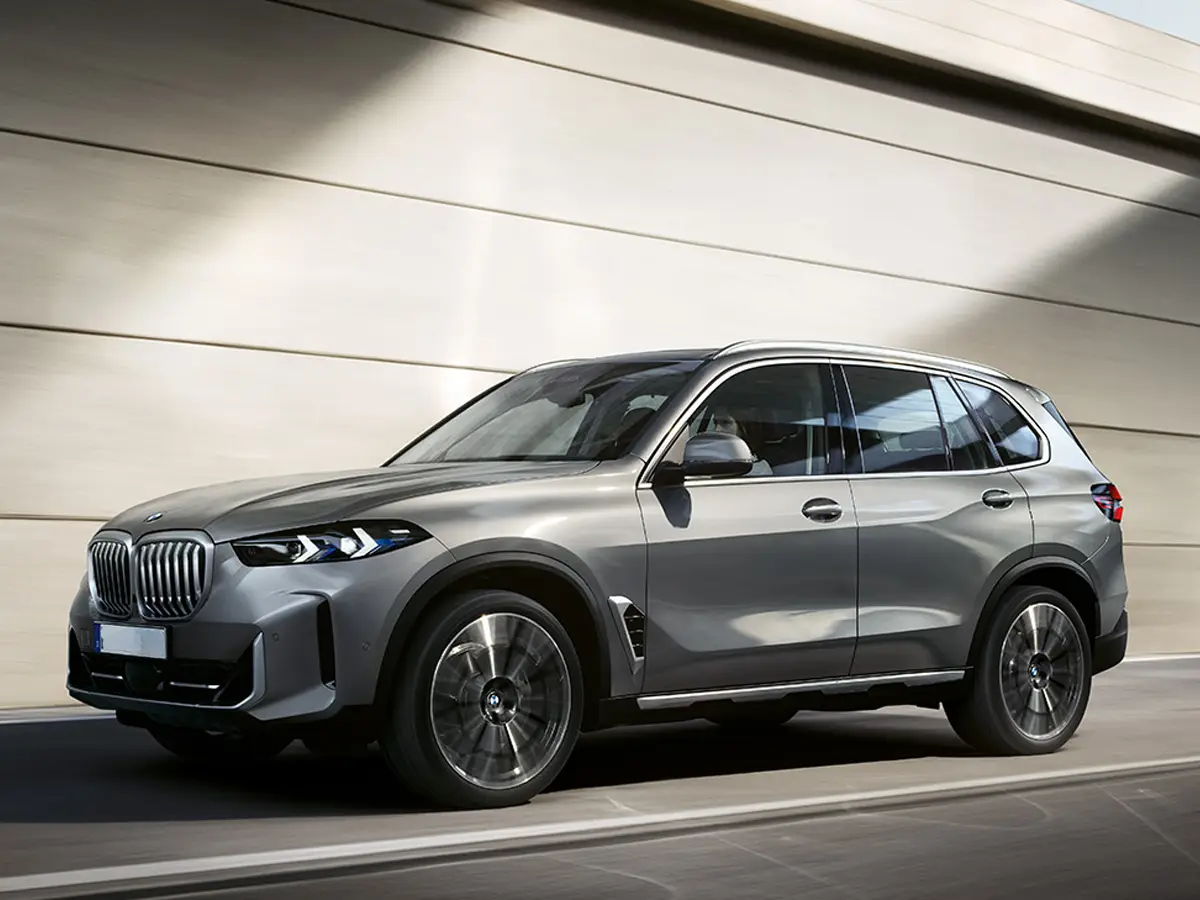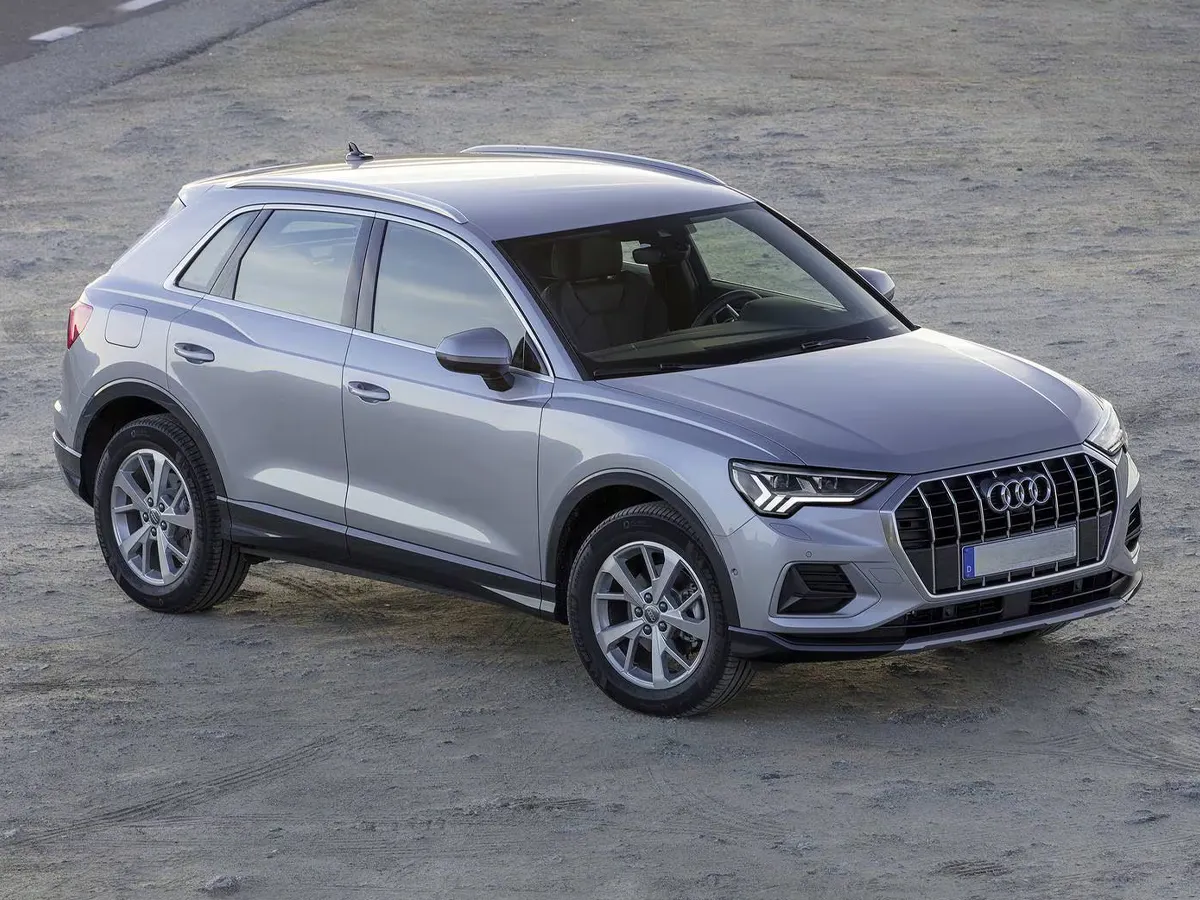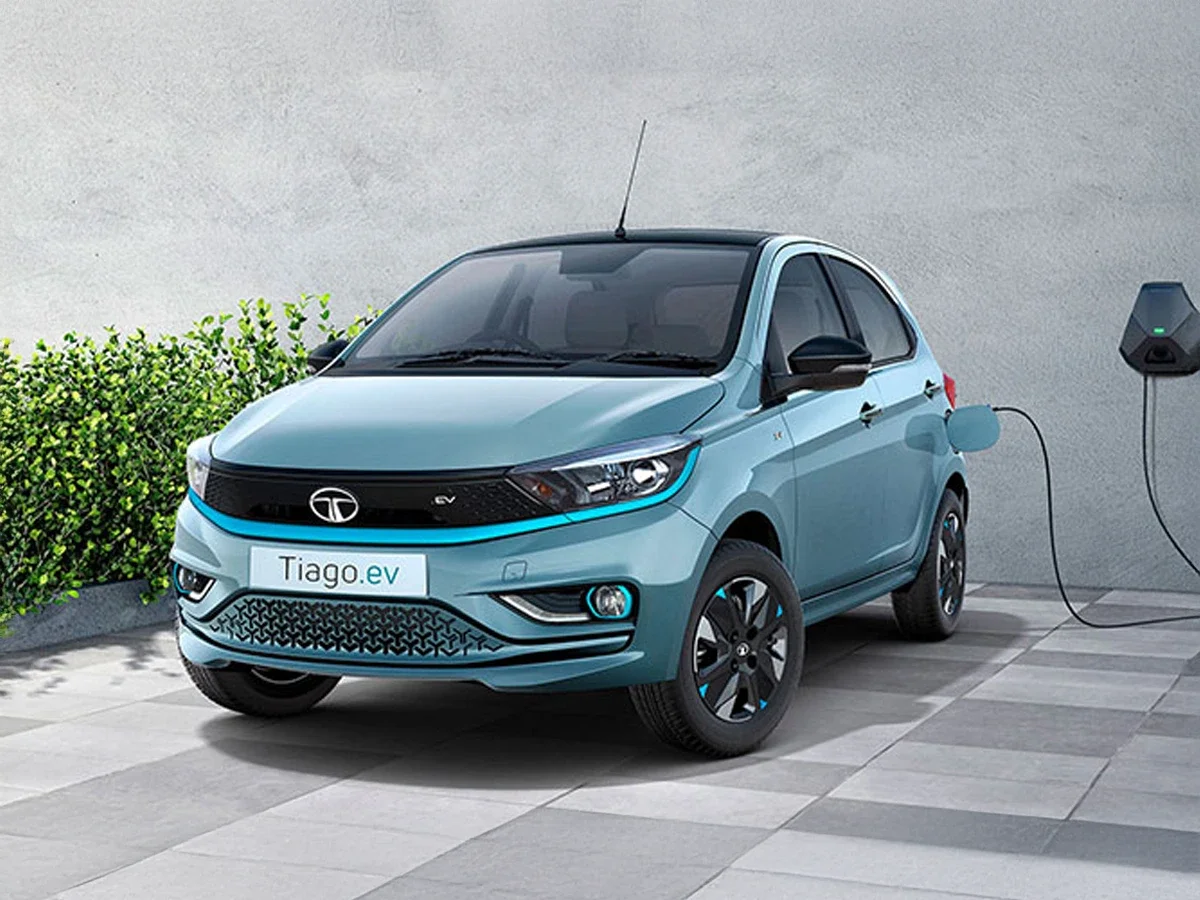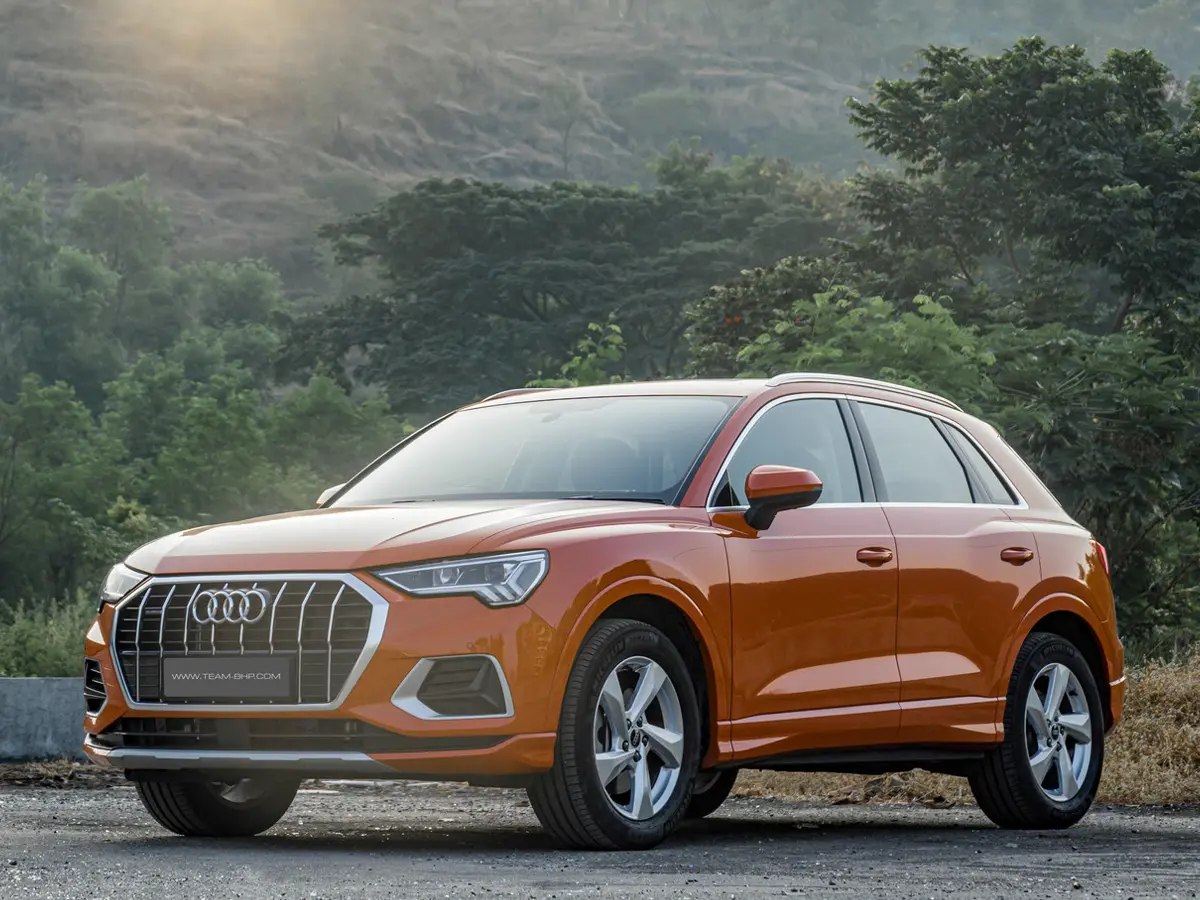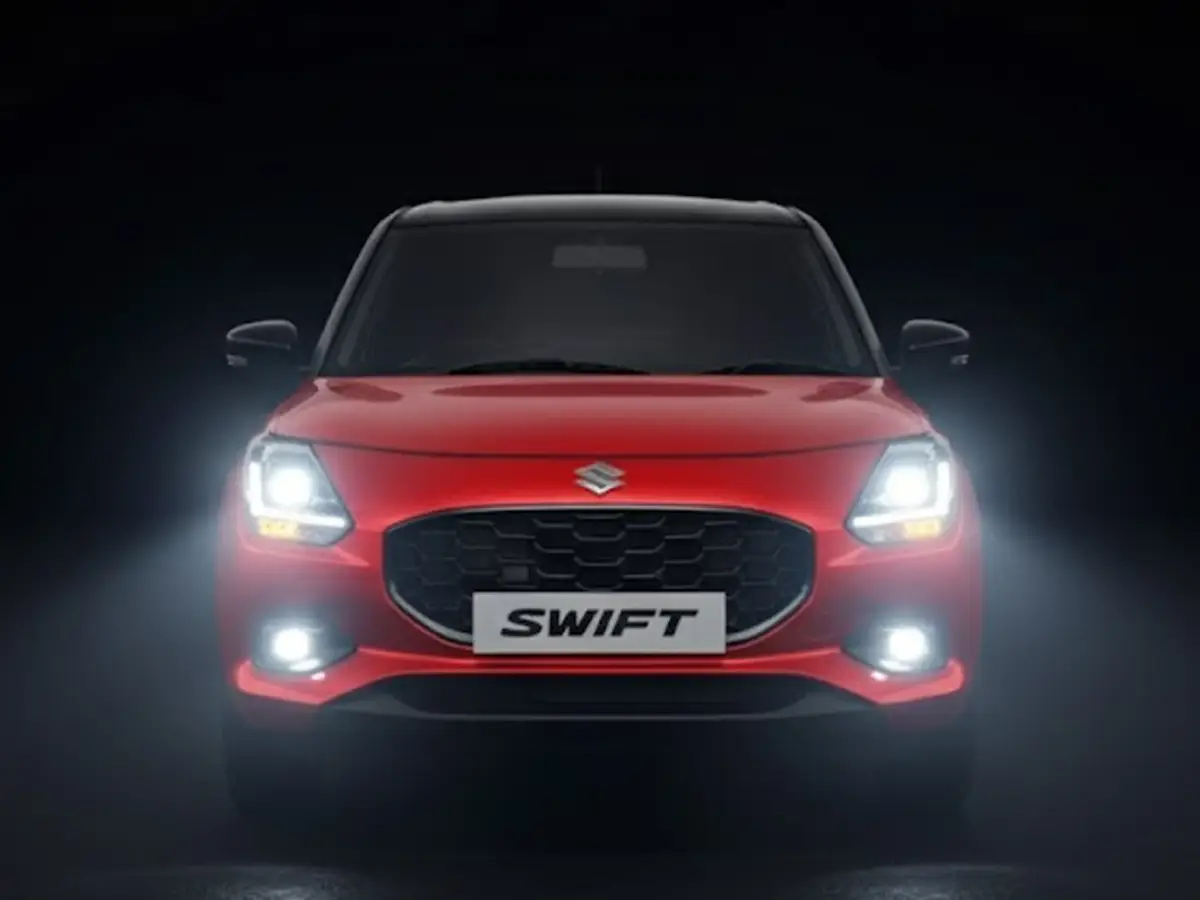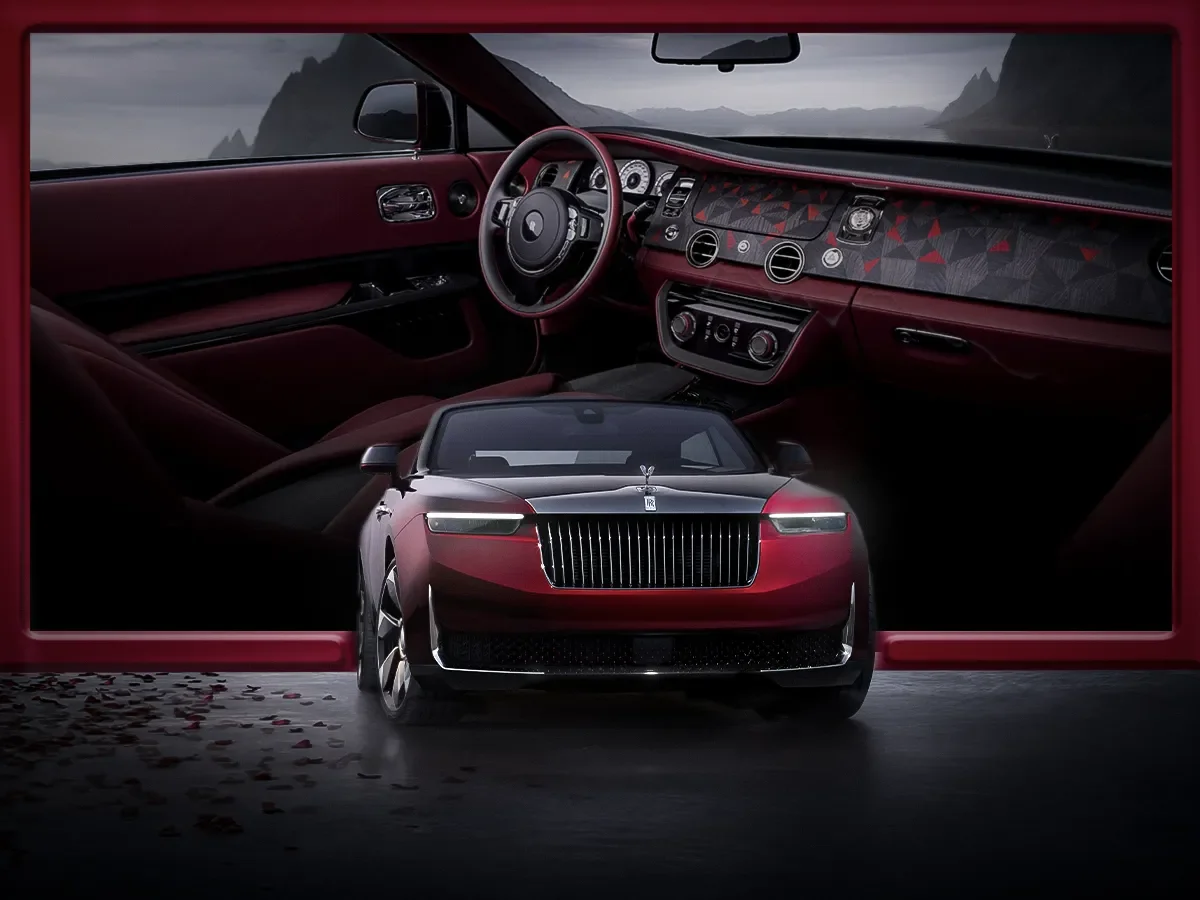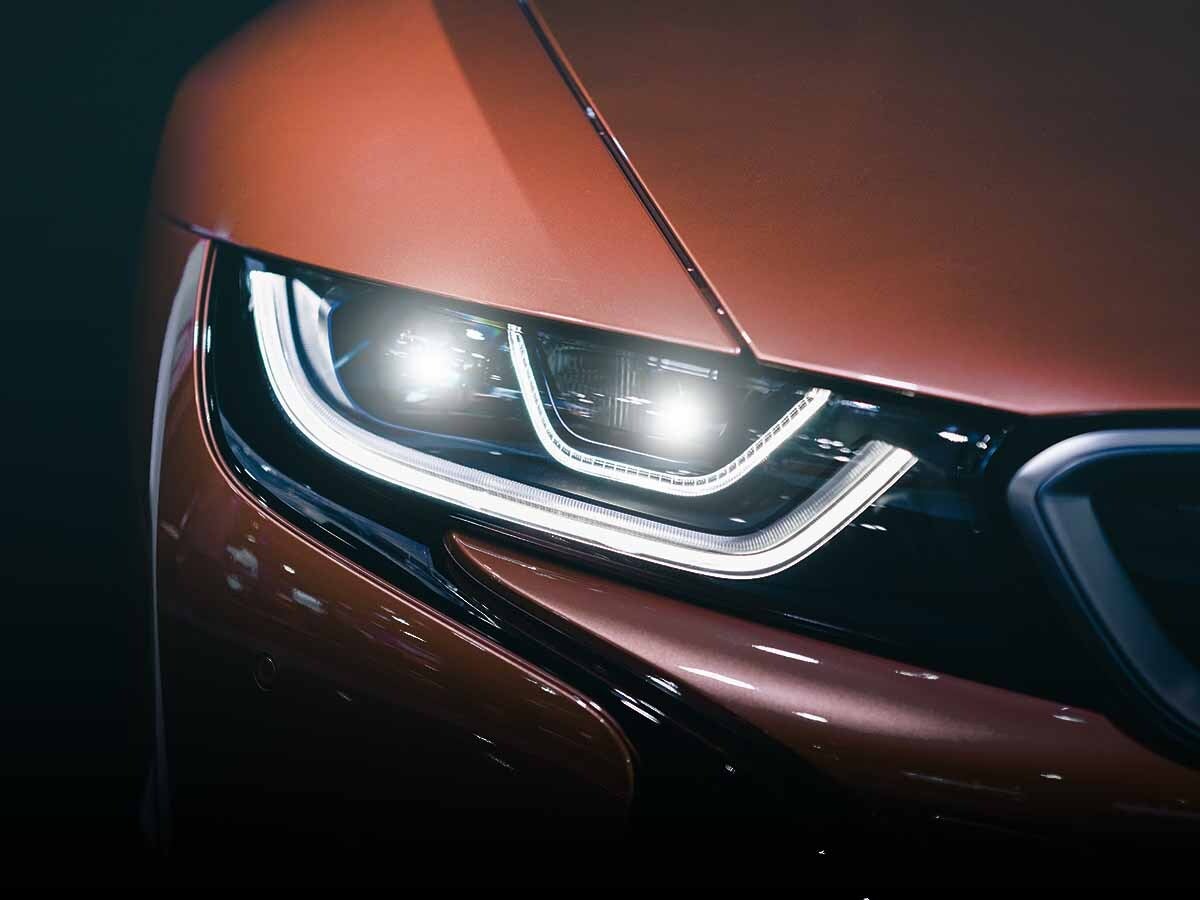

What Are Projector Headlamps in Cars and How Do They Work?
- 1Projector headlamps provide a more focused and brighter beam than reflector lights
- 2They improve night driving visibility while reducing glare for oncoming traffic
- 3Projector headlights use a lens to concentrate light into a controlled beam
Once reserved for high-end cars, projector headlamp technology is now common among modern cars. They can especially be seen commonly across mid-range and premium segments, often in the higher variants. Projector headlamps’ rising popularity isn’t just about aesthetics, they offer real advantages in terms of visibility, safety, and driving comfort. Unlike traditional reflector-type headlights that use a basic bowl-shaped housing to reflect light outward, projector headlamps are engineered for precision, minimising light scatter.
Projector headlamps or projectors as commonly known, use a tightly focused beam pattern that lights up more of the road ahead without spilling light onto oncoming traffic. This targeted illumination improves visibility during night driving, foggy conditions, and poorly lit areas. They’re not only a preferred feature for new car buyers but those exploring second hand cars too. If you’re shopping for a used car, opting for one equipped with projector headlamps can significantly enhance your driving experience.
What Are Projector Headlamps?

Projector headlamps are a specialised type of car lighting system designed to produce a concentrated and well-directed beam of light. Unlike traditional reflector headlights that scatter light in multiple directions, projector lights use a compact assembly that includes a bulb, a reflector, and a convex lens to focus the light output. This setup ensures a sharper cut-off line, reducing glare for oncoming drivers while providing superior illumination of the road ahead.
Initially introduced in luxury vehicles for their premium performance and design appeal, projector headlamps have now made their way into mass-market cars, including budget hatchbacks and compact sedans. Their growing adoption across segments is largely due to their enhanced visibility, better light throw, and more modern appearance that make them a desirable feature whether you’re buying a new vehicle or browsing through used cars with modern equipment.
How Projector Headlamps Work

Projector headlights stand apart from conventional reflector systems due to their more complex internal structure, which allows for focused illumination and better light control. Here’s a breakdown of the core components and their functions:
- Bulb: At the heart of the projector unit is the light source. It can be a halogen bulb (commonly used in earlier models), an HID (High-Intensity Discharge) bulb for brighter output, or an LED bulb for improved efficiency and longevity. The choice of bulb type directly affects brightness, energy consumption, and colour temperature.
- Reflector Bowl: Shaped like a curved dish albeit smaller than a conventional reflector, this component captures and redirects light from the bulb toward the front. Unlike in reflector headlamps where the bowl spreads light broadly, in projector units it directs the beam toward a projector lens.
- Shutter (Cut-off Shield): One of the key features of a projector headlamp is the shutter or cut-off shield. This small metal plate blocks the upper portion of the beam to create a precise horizontal cut-off. It prevents light from blinding oncoming traffic, making night driving safer for everyone on the road.
- Lens: Positioned in front of the shutter, the convex lens acts like a magnifying glass to focus the light beam. It sharpens and straightens the pattern, ensuring more even distribution across the road surface.
Together, these components produce a cleaner, more defined light output compared to traditional systems. The beam stays directed on the road ahead, improves night-time visibility, and reduces glare. It’s an essential upgrade if you’re exploring second hand cars with modern features.
Types of Bulbs Used in Projector Headlamps

Projector headlamps are not limited to a single light source. They can be paired with different types of bulbs, each with its own pros and cons. Here’s a closer look at the three most common types used in cars today:
Halogen Projectors
These use traditional halogen bulbs, but with a projector lens setup. The result is a more focused and defined beam compared to standard halogen reflector headlights. While they’re a cost-effective upgrade, they still fall short in brightness and efficiency when compared to HID or LED options. Halogen projectors are often found in older or budget-friendly vehicles.
HID (High-Intensity Discharge) Projectors
HID projector headlamps are significantly brighter than halogen units and produce a cool, bluish-white light. They work by passing electricity through a gas-filled bulb, which requires a ballast to regulate the high voltage. HID projectors offer excellent illumination and are ideal for highway driving, but they can be expensive to replace and may cause glare if not properly aligned. HIDs also need time to warm up until they can achieve their maximum brightness.
LED (Light-emitting Diode) Projectors
LED projector headlights are fast becoming the default in newer vehicles. They’re highly energy-efficient, offer longer lifespan, and provide instant brightness. LED projectors produce a clean, sharp beam with excellent road coverage. They also generate less heat and are compact in size, allowing for more flexible headlamp designs. Increasingly, you’ll find used cars equipped with LED projector lights, especially in the premium hatchback and mid-size SUV segments.
Each type has its place depending on your needs and budget, but LED projectors are generally the most balanced choice in terms of performance, longevity, and value.
Advantages of Projector Headlamps
- Sharper beam pattern: Helps illuminate more of the road without scattering light.
- Better aesthetics: Often come with sleeker, modern designs.
- Improved night visibility: Essential for highway or rural driving.
- Customisation: Easier to upgrade with HID or LED bulbs.
Disadvantages of Projector Headlamps
- Higher cost: More expensive to manufacture and repair.
- Complexity: May require professional installation and alignment.
- Overkill for city driving: May not provide a major advantage in well-lit urban areas.
Are Projector Headlamps Legal in India?
Yes, projector headlamps are legal as long as they are installed properly and do not exceed the brightness limits set by the Ministry of Road Transport and Highways. Poorly fitted aftermarket setups can cause glare and may be deemed illegal.
Cars That Come Factory-Fitted With Projector Headlamps
Many new and even used cars now come with projector headlamps, including:
- Hyundai i20
- Tata Nexon
- Maruti Suzuki Baleno
- Kia Seltos
- Mahindra XUV700
These models offer projector lights mostly in their higher trims, enhancing the resale value and appeal of the vehicle.
Conclusion
Projector headlamps are more than just a cosmetic feature—they’re a functional lighting technology that significantly improves night-time driving and road visibility. These lighting systems use focused beams and well-defined cut-off lines, which help illuminate the road ahead without blinding oncoming traffic. This makes them especially beneficial for those who drive frequently in low-light or adverse weather conditions. Whether you’re navigating poorly lit rural roads or driving long distances on highways, projector headlamps reduce strain on your eyes and make spotting hazards easier and quicker.
Beyond their performance, projector headlamps also enhance the visual appeal of a vehicle. Their compact design allows for sleeker, more modern headlamp assemblies, often lending a premium look even to budget cars. For buyers exploring the second hand car market, models equipped with projector headlamps tend to stand out as more contemporary and feature-rich.
Projector lighting systems may also boost resale value, particularly in urban markets where aesthetics and advanced features influence buying decisions. While they come at a slightly higher cost, projector headlamps deliver improved safety and a more refined driving experience—making them a smart, long-term investment.
Frequently Asked Questions
Expand all